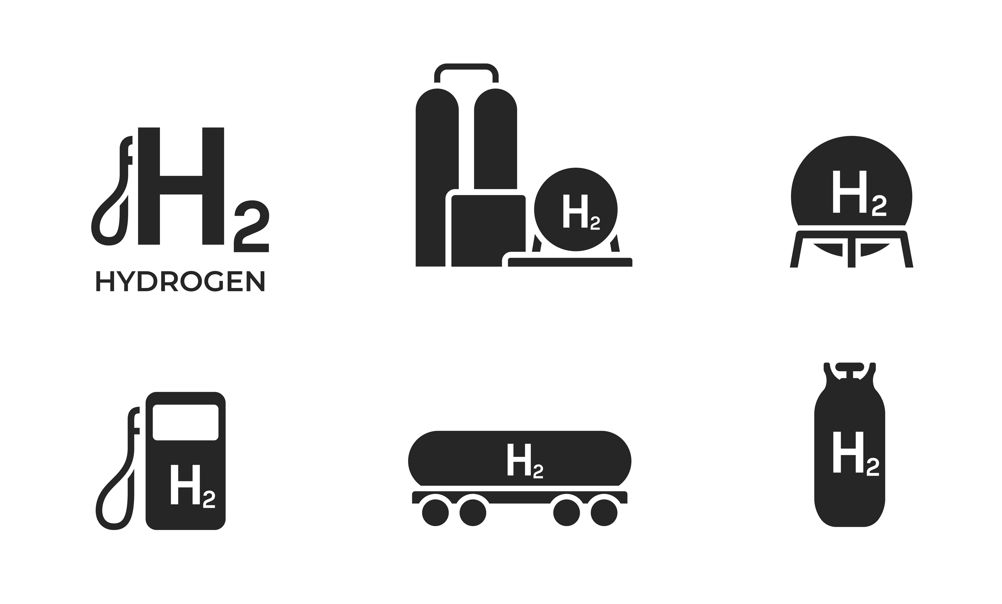Net Zero is transforming our energy systems. Last year, just over a quarter of global electricity consumption came from renewable sources, a giant leap forward from even five years ago. Yet, as the current European energy crisis has demonstrated, that transformation is still lacking a viable alternative to natural gas. As steady, dependable coal and gas plants are gradually replaced with cleaner yet intermittent sources, consistent yet variable mismatches are appearing between supply and demand, an issue that will be exacerbated as our energy systems grow to accommodate increased electrification of industry, heating and transport. Nuclear energy will help to address this – its ability to provide reliable baseload power will be a cornerstone of net zero energy systems – yet a new generation of nuclear plants is still under development.
For Net Zero to truly work, a diverse range of carbon-free solutions is urgently needed to plug the gaps and stabilise the system, matching both short term and long-term surges in demand. A secure and reliable way of managing those fluctuations is now no longer just of environmental importance: unless we find a different path, we’ll be destined to endure further cycles of energy instability - and the economic and political fragility that result from them.
Better safe than sorry
Energy storage is at the core of solving this problem, providing reserves to rapidly draw upon to provide the necessary flexibility and resilience to the system. Yet we need to be clear-sighted about what type of storage is required and what technology best fits this requirement: in the race to restore resilience, we must see the bigger picture and invest accordingly, efficiently allocating resources to the technologies that will make the biggest impact.
Our path to Net Zero is already uncertain and will require fundamental transformation across industries. That makes it particularly exposed to supply shocks and price instability. To learn from the lessons of the hydrocarbon model of energy production and storage and its exposure to global supply chains, we must ensure a diverse and flexible foundation upon which our Net Zero energy system can be concretely constructed.
Battery running low
Battery technology is developing at amazing speed. Yet despite the considerable growth in the industry and efficient ideas such as using electric vehicle batteries as a smart grid of storage, no battery technology that might be capable of managing demand on the necessary scale is on the horizon, let alone nearing availability. Prices of lithium, currently the dominant material for battery production (and therefore the booming market for electric vehicles), look likely to stay high. Questions concerning the environmental impact of mass lithium mining and processing are growing louder, and the industry lacks an effective recycling technology. Space too, will be a real concern.
The fundamental problem, however, is one of scale. By 2040, it’s estimated that global battery storage installations could reach a capacity of 3 TWh, contrasted with an estimated renewable production of 1,000 TWh in Germany alone. This, combined with the fact battery is fundamentally a way to provide power over a short duration of hours, means battery storage can only ever be effective over extremely short timescales: good for maintaining system frequency and swiftly coming online to plug real-time gaps between supply and demand, but not a solution for longer-term resilience over days and even weeks.
Braving the element
Enter hydrogen. As both an energy vector and an energy store, hydrogen can help provide a secure, low-carbon energy source capable of being stored at volume. Projects around the world are exploring the storing of hydrogen in existing underground facilities such as salt caverns and depleted reservoirs, in many cases attempting to use the existing natural gas infrastructure. Using these facilities to store hydrogen is technically feasible – and the challenges of broadening their storage capacity to the scale and conditions now required are well understood.

Scaling up will be challenging. However, hydrogen has some key benefits. It can be zero carbon, it is comparably easy to store in volume and theoretically, using so-called ‘green hydrogen’ made from renewables and water, its supply chain will be robust and able to incorporate a large amount of local production. It is critically one of the few forms of energy storage that could actually be scaled up to meet electrical demand over a period of several weeks, and therefore, unlike hydropower or nuclear, can realistically complement a renewable-based energy system. What’s more, the stored fuel can be used for multiple uses: sustainable transportation fuel or powering industrial processes as well as its ability to convert to electricity. These qualities make hydrogen a strong contender as both a clean energy source and an enabler of a more stable, secure, and resilient energy system.
The storage industry is now mobilising to underpin the feasibility of these underground projects with a solid business case built upon both the production and future use of the hydrogen. Their success will be a major step in unlocking hydrogen’s potential as an effective energy storage system.
Storing up for the future
There’s a long way to go. Today’s energy system wasn’t built overnight, and tomorrow’s won’t be either. However, time is of the essence and planning must start now to create certainty across the value chain in determining where hydrogen best fits into the net zero transition. This will provide the clarity on consumption and quantities needed to both produce and store it in the most efficient and commercially sound way.
With any new form of energy storage supplanting natural gas, a major shift in infrastructure and thinking will be required and the groundwork will need to be laid soon. With the right approach, not only can we reach Net Zero on time, but we can also make tomorrow’s energy system more durable and dependable too.

Chris McMichael is Energy Storage Engineering Delivery Manager at Atkins











Water Sector Talent Exodus Could Cripple The Sector
Maybe if things are essential for the running of a country and we want to pay a fair price we should be running these utilities on a not for profit...